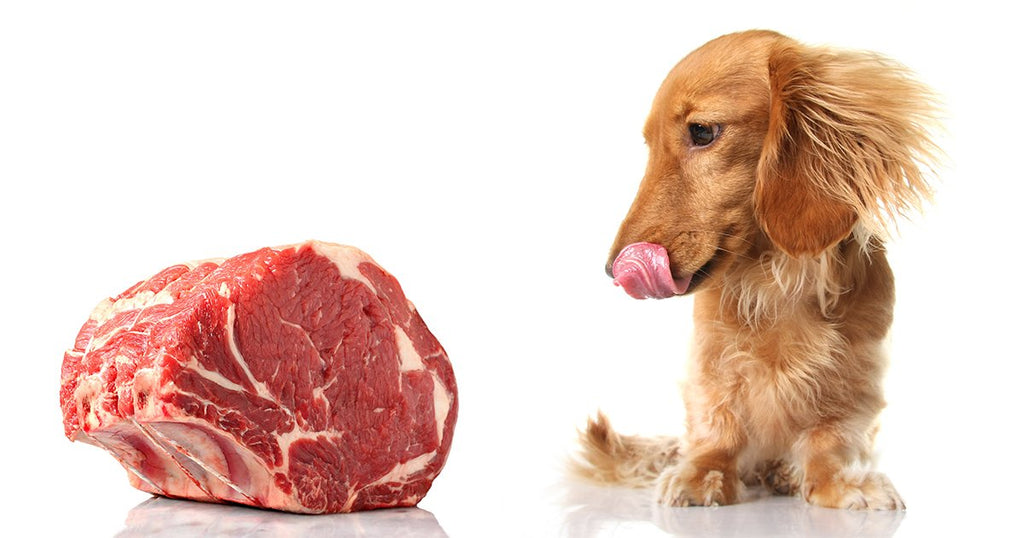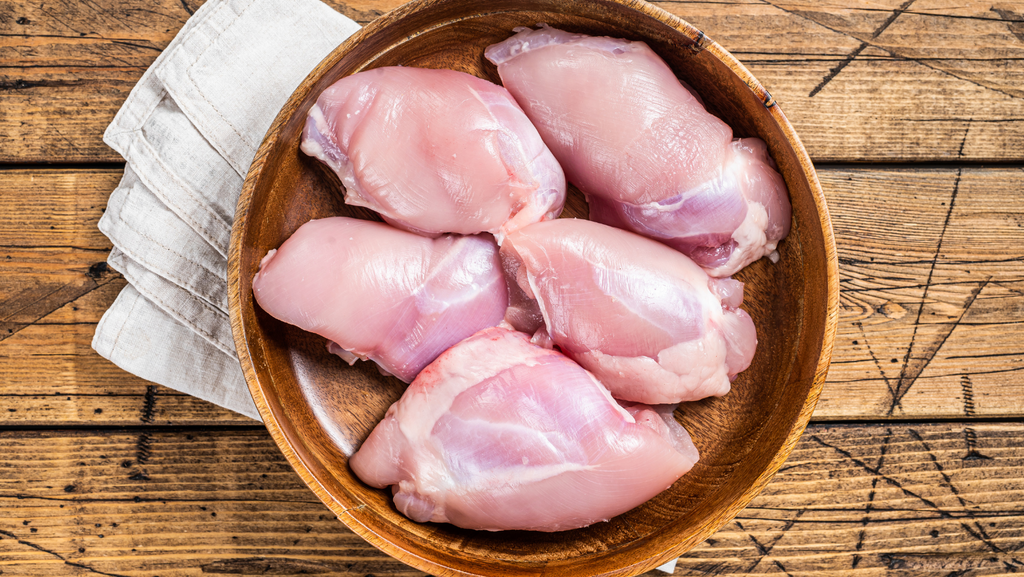Understanding the Nutritional Value of Wet Food for Your Dog's Health

Every dog is different–some prefer dry food, but many are fans of wet food. While dry food for dogs has some advantages, wet food, much like raw fresh dog food, can often be more nutritious
Check the Label First
No matter what you give your dog, check the label first. You want to look at the ingredients to make sure that the food contains real meat instead of one of the many by-products. You also want to see whole vegetables and grains on the label instead of processed carbohydrates. Avoid products with a list of ingredients that you don’t recognise or can’t pronounce.
About the only things that you want to see added are vitamins and minerals–not preservatives and artificial flavors. And in general, the fewer ingredients, the better.
Nutrients
Both wet and dry foods can be nutritious and provide your doggo with a healthy diet. But wet foods tend to make it easier for you and better for your dog.
A Balanced Diet
Your dog needs protein, fats and carbohydrates along with fibre for a healthy diet. And don’t forget water!
Protein
Dogs need proteins that contain 9 essential amino acids. Protein from meat and organs are the best source. Beef, lamb, pork, turkey, chicken, eggs, and fish all contain the essential amino acids.
Fats
Dogs need fats as well. Fats are a great source of energy and, when balanced with protein, are essential for healthy metabolism. “Fat metabolism is the optimal energy-generating process for exercising dogs” [1] Fats also provide Omega-3 and Omega-6 fatty acids that promote good health.
Micronutrients
Micronutrients include all of the vitamins and minerals dogs need for good health. There are many micronutrients your dog needs, but only in small amounts. Here is a list:
Vitamins:
- A
- D
- E
- K
- B1
- Riboflavin
- B6
- Pantothenic Acid
- B12
- Folic Acid
- Biotin
- Choline
Minerals:
- Calcium
- Phosphorus
- Magnesium
- Sodium
- Potassium
- Chlorine
- Iron
- Copper
- Zinc
- Manganese
- Selenium
- Iodine [2]
You should be able to find many of these on the food label.
Fibre
Fibre is important for your dog’s digestive tract. Fibre will “promote a healthy stool (not diarrhea or constipation), it maintains or improves your dog’s skin and coat.” [3] While dogs don’t need a lot of fibre compared to humans, their food should contain between 2% and 4% fibre.
Water
Both dry and wet food contain water, but as you can probably guess, wet food contains more. The higher water content will do two things. It can help your dog stay hydrated, and it will also help your dog feel fuller faster. This can be especially helpful if you are trying to cut your dog’s daily caloric intake.
Flavour
While not universal, almost all dogs prefer wet food to dry. No matter how nutritious a dry food is, it won’t promote good health if you can’t get your dog to eat it. Wet food tastes better because the meats and fats require less processing, which is why most dogs prefer it. Plus, everything tastes better with sauce!
Convenience
Most pet pawrents find it easier to serve dry food. Wet food from a can can be more difficult to portion, has to be covered and refrigerated, and can create a more germ-friendly environment in your dog’s bowl.
If you have a dog that likes to graze, you are limited in the amount of time you can leave the food out. Leaving wet food out unrefrigerated for more than an hour can be dangerous as bacteria can grow quickly on the food. If your dog grazes even when offered wet food, it may be safer to stick with dry.
Cost
Wet food usually costs more than dry options. But because it is processed less, it tastes better and doesn’t have as many added preservatives as dry food, it may be a better option for your dog.
You can find a happy medium and mitigate some of the extra cost of wet food by combining it with dry kibble. This way your dog gets the benefits of wet food and you get to take advantage of the lower cost of dry food.
Feeding Your Dog for a Long and Happy Life

With a little extra effort, you can provide your dog with all the building blocks that they need to live a long and satisfying life. The right food in the right amounts will keep them thin and trim, and giving your doggo wet food can make this a lot easier.
As you look for a healthy wet food for your dog, remember:
- Read the label carefully.
- Real meat should be listed first or second.
- The fewer ingredients the better.
- Look for ingredients that you recognize.
- Avoid artificial flavours or preservatives.
- Look for a food that is complete and balanced.
- Look for food formulated for the stage of life of your dog.
What you choose to feed your pup is important! Food is more than an energy source, it’s also the building material for strong bones, joints, organs, and muscles. Both wet and dry food options make sense for many dogs, depending on their situation. When deciding between kibble or canned, consult your vet.
[1] The Role of Fat in Canine Nutrition



